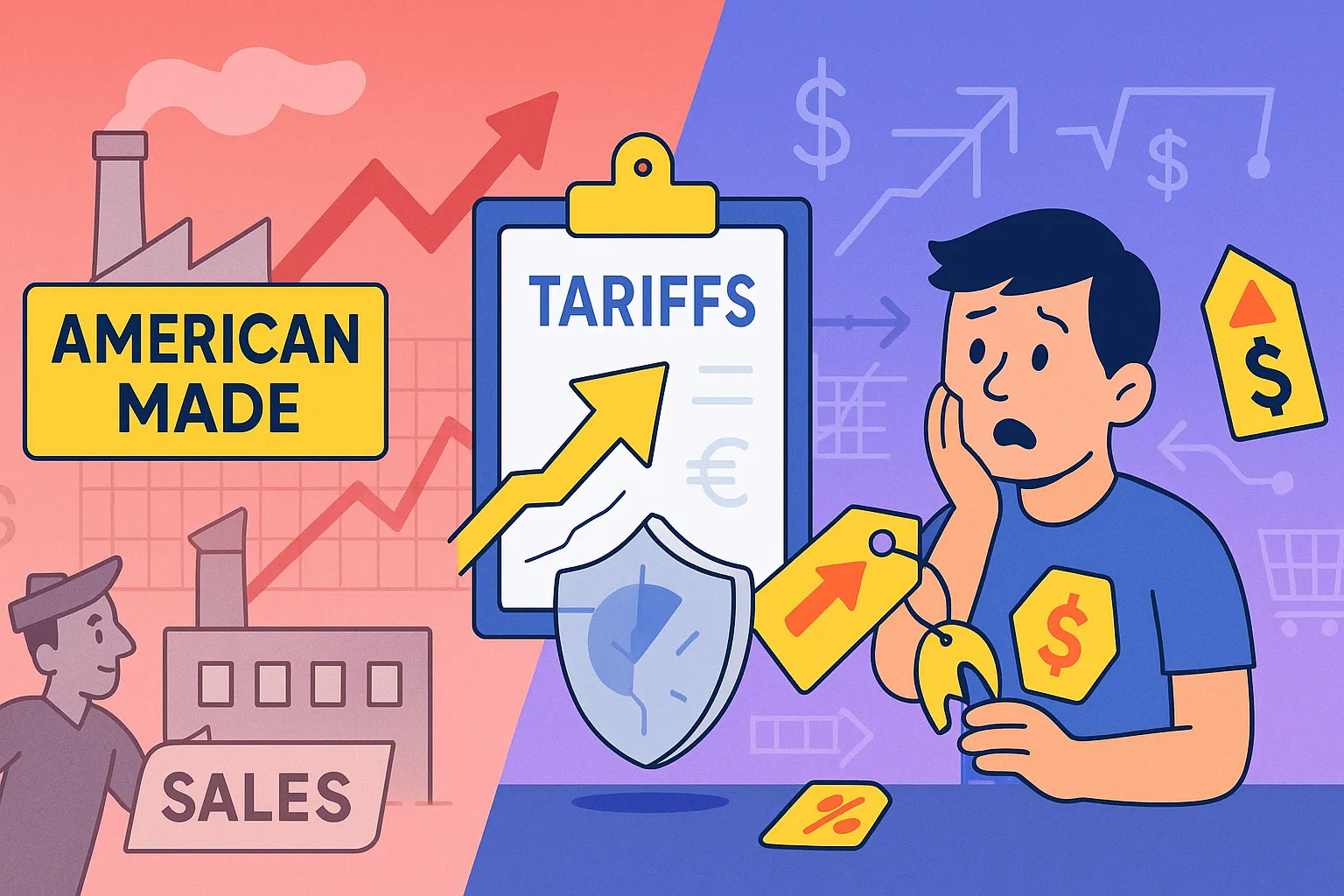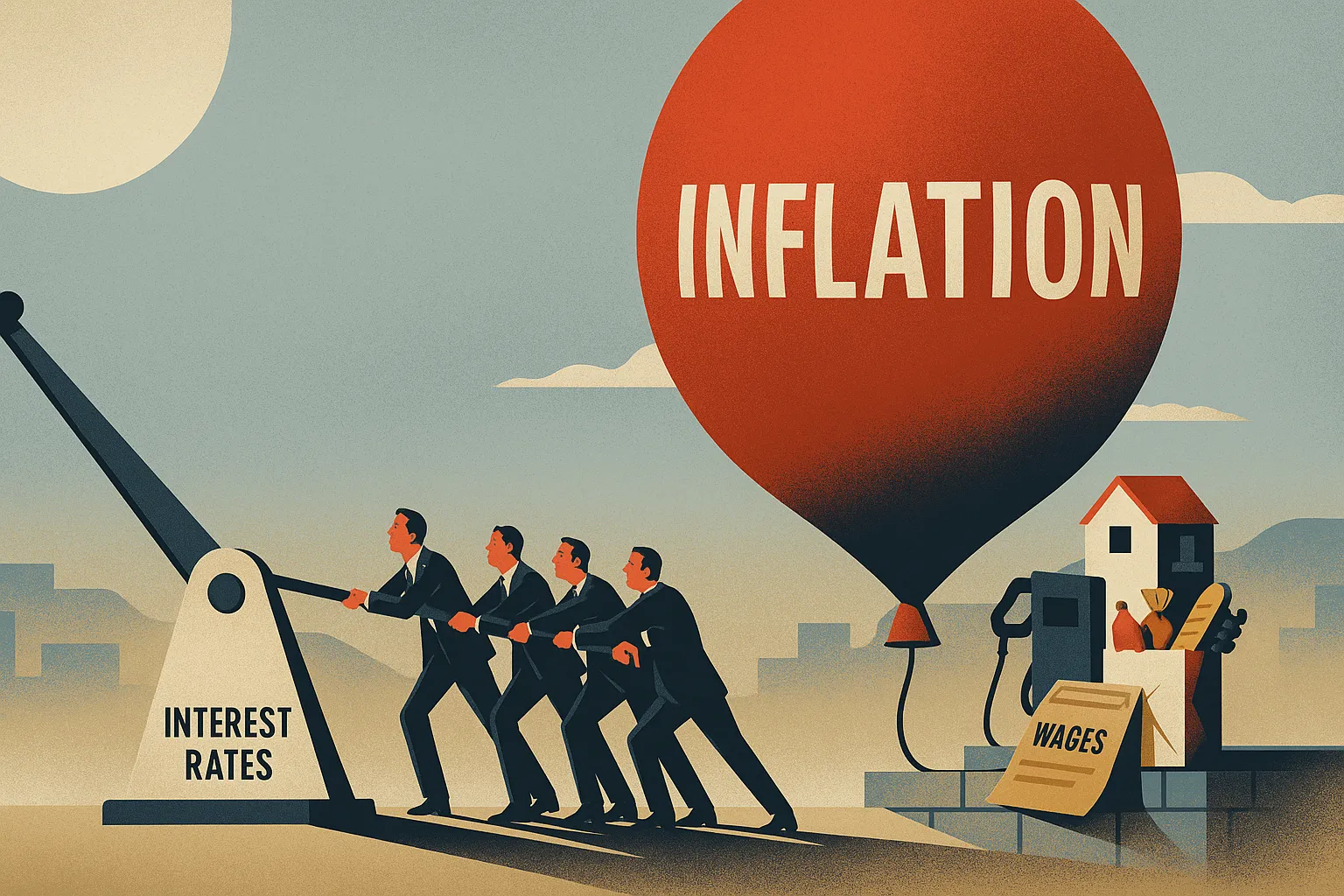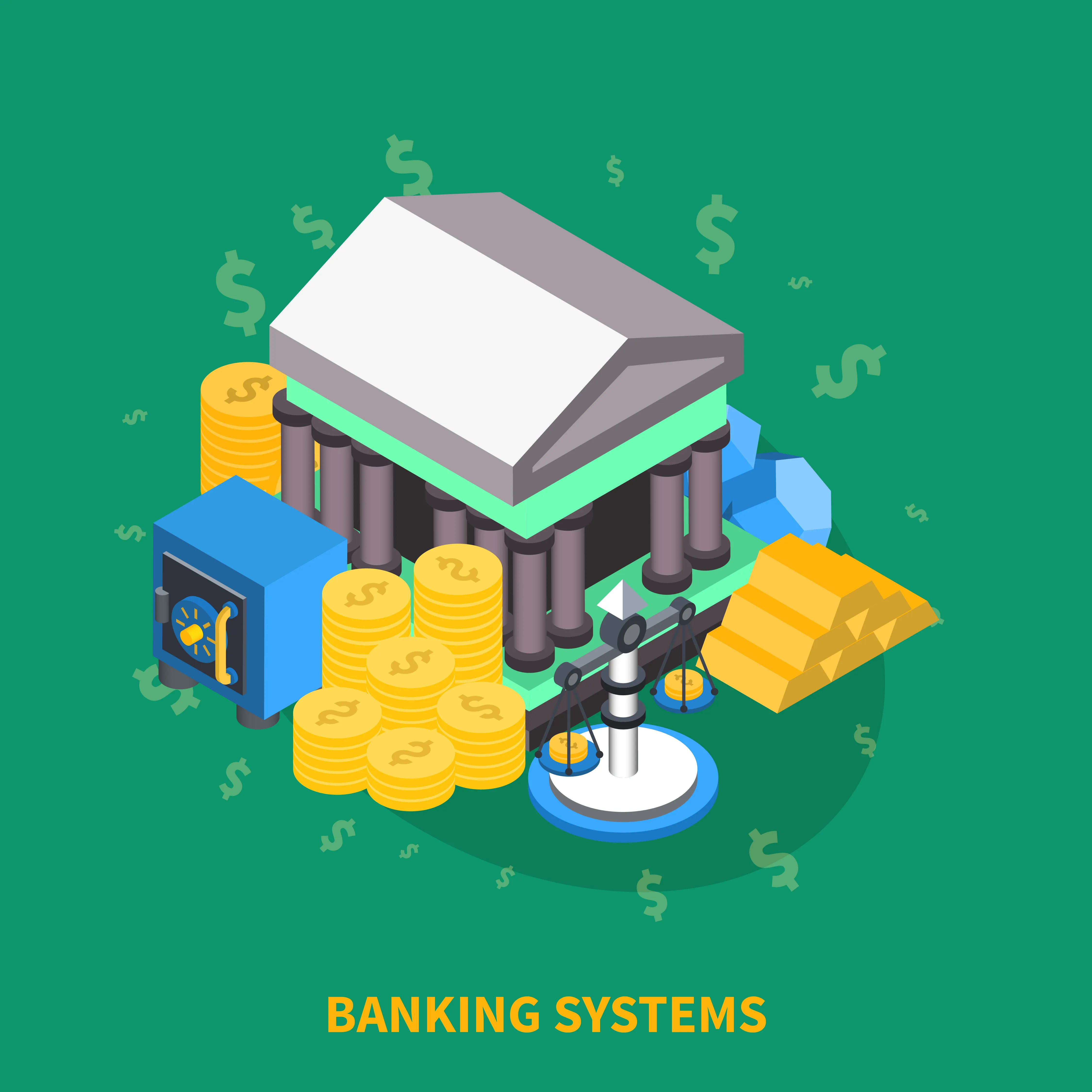How Tariffs Impact the Economy and Your Money
While they aim to protect local industries, tariffs often drive up consumer costs, slow growth, and shake investor confidence.

This content has been reviewed and edited by an Investment Advisor Representative working for Global Predictions, an SEC-registered Investment Advisor.
Tariffs are often framed as tools to protect American jobs and industries—but the full picture is much more complicated. While they can benefit certain sectors in the short term, tariffs can often raise prices for consumers, disrupt supply chains, and rattle investment markets.
So, how do tariffs actually impact the economy? And more importantly, what do they mean for your money? Whether you're a curious investor, a business owner, or just trying to make sense of the headlines, this guide will walk you through the key mechanics of tariffs—and the real effects they have on growth, inflation, and everyday finances.
Key Takeaways
- Tariffs are taxes on imports that raise the cost of foreign goods.
- They can help domestic producers but hurt consumers and import-reliant businesses.
- Higher prices, supply chain bottlenecks, and retaliatory tariffs can weigh on economic growth.
- Investors should watch sectors many are exposed to trade, such as manufacturing, tech, and agriculture.
What Are Tariffs, Exactly?
At their core, tariffs are government-imposed taxes on imported goods. When a U.S. company buys steel from abroad, for example, a tariff makes that steel more expensive. The goal? To encourage companies to buy American-made steel instead.
Quick definition: Two types of tariffs:
- Ad valorem tariffs – Charged as a percentage of the item’s value (e.g., 10% on imported cars).
- Specific tariffs – A fixed fee per unit (e.g., $2 per pound of cheese).
But the story doesn’t stop there.
Who Wins and Who Loses?
Who Benefits:
- Domestic producers – They face less foreign competition, allowing them to raise prices and increase market share.
- Industries targeted for protection – Like steel, solar panels, or certain tech components.
Who Gets Hurt:
- Consumers – They pay more for imported goods or for domestic alternatives that are now priced higher.
- Exporters – If other countries retaliate with their own tariffs, American exports become less competitive abroad.
- Companies with global supply chains – Higher costs on components can eat into profit margins.
Real-World Example: The 2018–2019 U.S.–China Trade War
When the U.S. imposed tariffs on Chinese goods in 2018, China responded with tariffs of its own. The result?
- Consumer prices rose for products like washing machines and electronics.
- U.S. farmers were hit hard by Chinese tariffs on soybeans and other crops.
- Some manufacturers delayed investments or restructured supply chains to reduce exposure.
A 2019 study by the Federal Reserve estimated that the tariffs cost U.S. consumers and companies $1.4 billion per month in higher prices.
How Tariffs Affect Inflation and Growth
Tariffs act as a tax on consumption, which can lead to inflation. If import prices rise, so do the costs of finished goods, especially in sectors like auto, tech, and retail.
At the same time, higher business costs and uncertainty can lead to slower capital investment, hiring freezes, and delays in expansion.
Hypothetical Scenario:
Imagine the U.S. places a 25% tariff on imported electronics. As a result:
- Prices of phones and laptops go up.
- Retailers pass those costs onto consumers.
- Tech companies pause hiring due to rising costs and falling demand.
- Consumers cut back spending.
- Overall GDP slows as consumption drops.
These types of ripple effects are common when tariffs are introduced—and they tend to show up in a few key areas across the economy. The chart below breaks down the core economic impacts of tariffs, both positive and negative:

Investment Impacts: What It Means for Your Portfolio
If you're an investor, tariffs can impact your holdings in both direct and subtle ways.
Sectors Most Affected (historically):
- Manufacturing & Industrials – May benefit if protected, but suffer if input costs rise.
- Technology – Many components are imported; costs can increase quickly.
- Agriculture – Highly exposed to retaliatory tariffs from global trading partners.
- Retail – Relies on foreign goods; cost increases can hurt margins.
What to Watch For:
- Company earnings guidance during trade tensions
- Shifts in supply chain strategies (e.g., “nearshoring” production)
- Volatility in currency markets tied to trade flows
The Politics of Tariffs
Tariffs are not purely economic—they’re also commonly used as political tools. They’re often used during trade negotiations to pressure other countries or to appeal to domestic constituencies.
But that short-term political win can come with long-term costs:
- Strained international relationships
- Supply chain instability
- Reduced investor confidence
As with many economic policies, the effects aren’t black and white. Context matters.
FAQ
1. Do tariffs help or hurt the economy?
It depends. Tariffs can protect certain industries short term, but often raise costs and reduce efficiency long term.
2. Why do prices go up when tariffs are applied?
Because tariffs are taxes on imports. Companies pass those higher costs onto consumers.
3. Can tariffs cause inflation?
Yes. By increasing the cost of goods, tariffs can contribute to broader inflation.
4. What’s the risk for investors?
Tariffs can reduce company profits, increase uncertainty, and trigger retaliation—leading to market volatility.
5. Are tariffs ever good?
They can be, especially if used strategically and temporarily to level the playing field. But broad or prolonged tariffs often have unintended consequences.
How optimized is your portfolio?
PortfolioPilot is used by over 30,000 individuals in the US & Canada to analyze their portfolios of over $30 billion1. Discover your portfolio score now:





